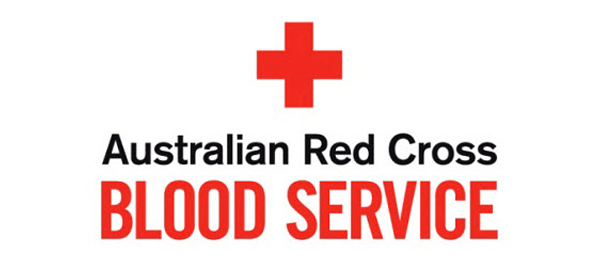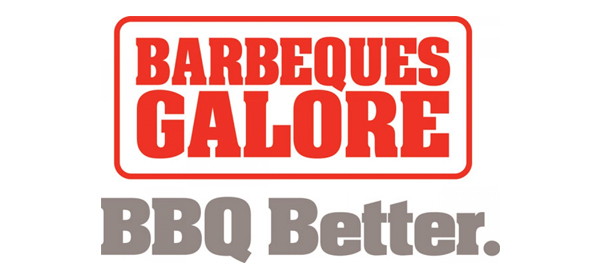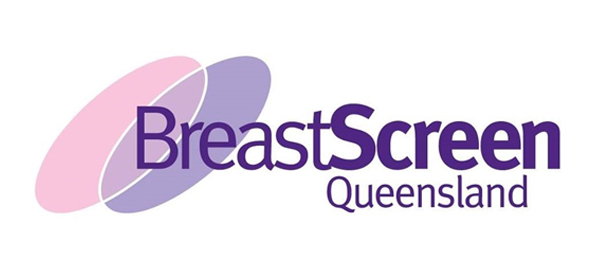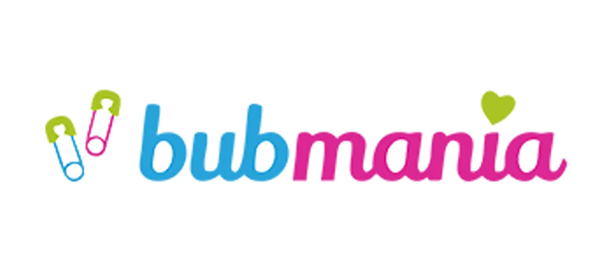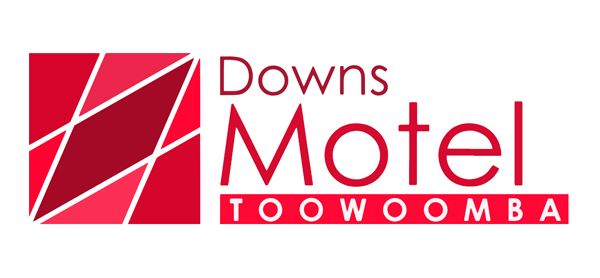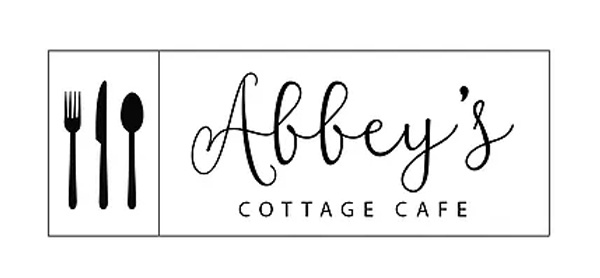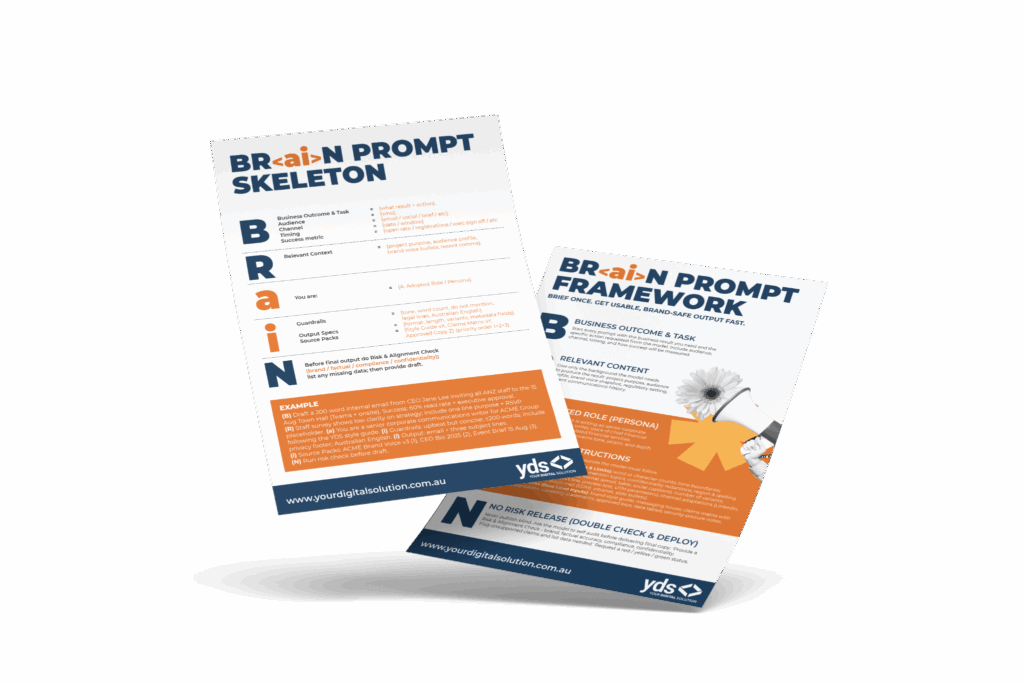
Elevate Your Digital Presence with
Your Digital Solution
Welcome to Your Digital Solution — where your digital challenges meet tailored solutions. From cutting-edge SEO strategies to dynamic web design, we empower your brand to thrive in the digital era.
Let’s navigate the digital landscape together with innovation, precision, and a touch of creativity.
There’s More to Prompting AI Than You Think…
Download our BRaiN Prompt Framework and discover how to brief once, get brand-safe, high-quality AI output fast.
Services

Our approach to digital marketing seamlessly connects content creation, targeted advertising, and website optimisation to funnel leads into tangible results.
Partner with us and see how you can transform your digital presence into a lead-generating powerhouse.
Your lead-generating powerhouse.
Featured Services
YDS is renowned for supercharging digital performance for every brand we partner with. Leveraging a comprehensive suite of services—from innovative SEO tactics and dynamic PPC campaigns to creative content and cutting-edge web design— our dedicated team ensures that every strategy is not only tailored but also transformative.





